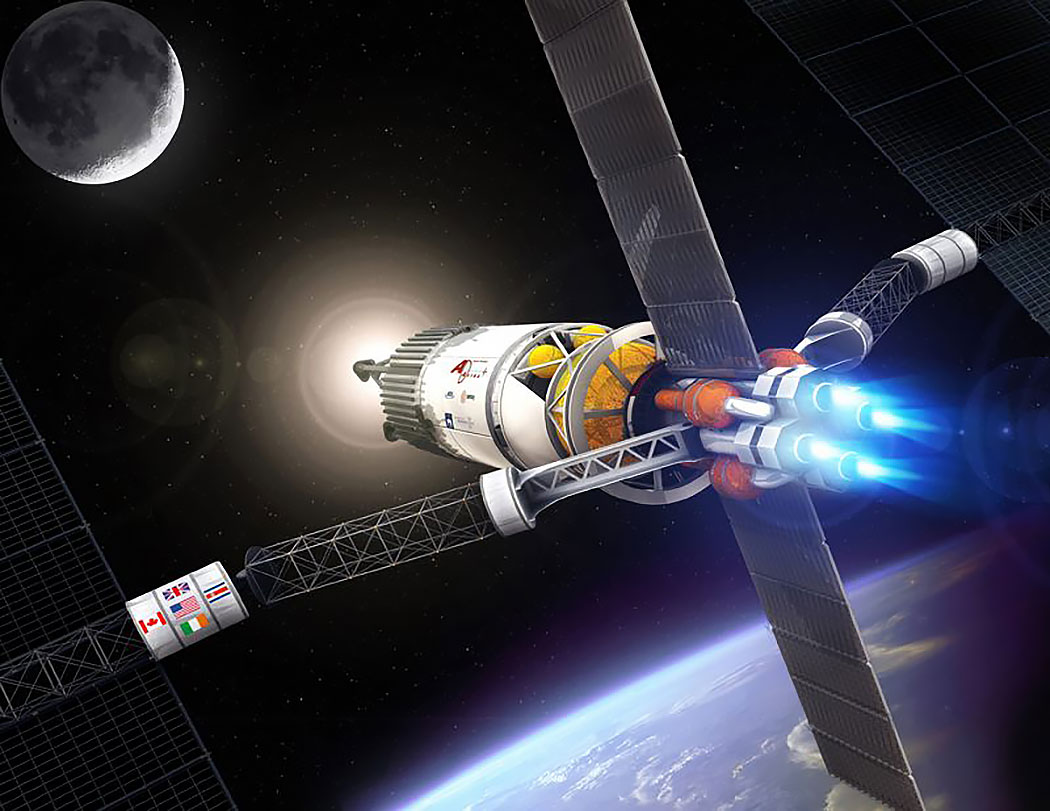
Plasma Propelled Rockets
Ad Astra Rocket Company thinks that a plasma engine could hypothetically get us to the Red Planet in 38 days, by traveling at a speed of 115,200 mph — contrary to the mainstream idea that massive rockets are the only way. NASA has supported the company’s plan by investing nine million dollars.

Franklin R. Chang Díaz, the CEO of Ad Astra and the man who co-holds the record for most visits to the International Space Station, plans to use plasma because it can be held in place magnetically, which means that more power can be produced because there is nothing for the fuel to melt. However, when in space, heating fuel to this temperature would require a nuclear power source — which is where this concept gets controversial.
Elon Musk, in particular, is critical of this plan on two fronts. First, attaching the weight of a nuclear reactor to a spacecraft, he thinks, is unfeasible. Secondly, he believes that using nuclear fuel on a spacecraft is dangerous because radioactive debris would fall back to Earth if the system failed.
The Cosmic Competition
Recently, Stephen Hawking added his voice to the choir of intellectuals and industry leaders proclaiming that humanity must become an interplanetary species. But with our ambition established, the question now becomes how to make it happen.
All other serious ideas of how to get to Mars propose using a chemical space rocket engine. NASA and SpaceX have both revealed plans that use enormous rockets which carry astronauts and all of their provisions including water, air, food, and machinery.
At the more theoretical end of the spectrum are plans to use technology that, previously, has been reserved for the realms of science fiction. Phillip Lubin has proposed using photon propulsion which, hypothetically, could get us to Mars in just three days.
The race for the red planet is well and truly on, and the winner of this 21st-century space race will be decided in the intellectual theater long before human boots touch Mars’ dusty surface. However, according to most estimates, we will only need to wait around a decade to find out.